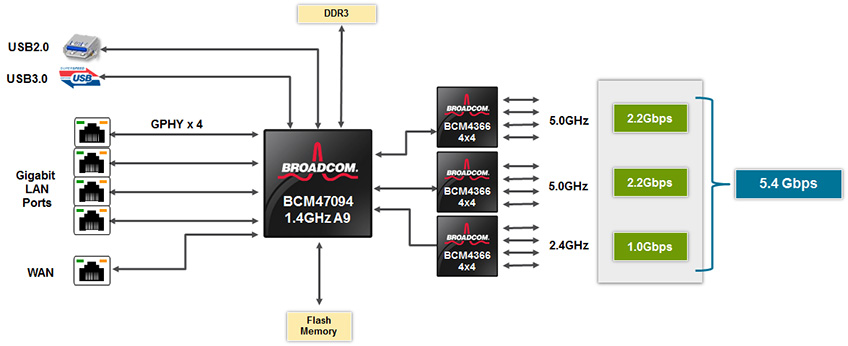sfx2000
Part of the Furniture
I would give the factory antennas a decent run first before considering any upgrades - many of the third party antennas are a poor match in any event, and I've found many that suggest 5dB (or more) and none have actually met those promises in a test environment (lab bench/RF chamber).


